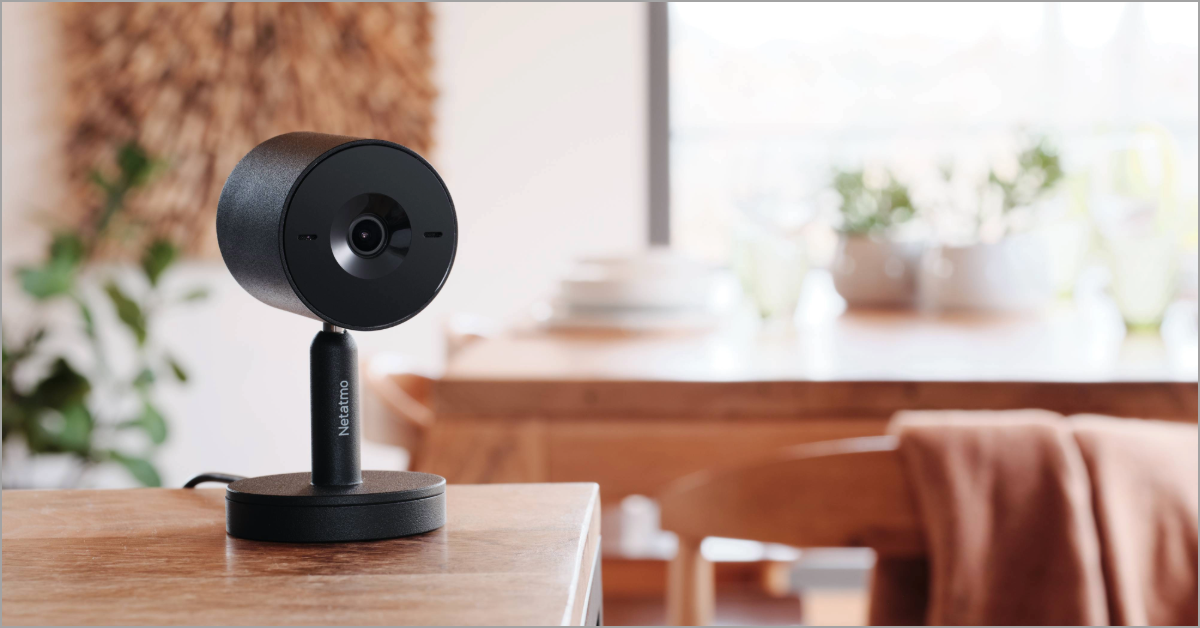
Nieuwe Binnencamera: Advance
Ontdek de nieuwe Binnencamera AdvanceIk ontdek

First of all, it is important to explain that the phases of the Moon, or lunar phases, are the result of observing the illuminated half of the Moon from different angles on the Earth. And no, it is not the Earth's shadow that creates the phases of the Moon! Otherwise, it would be an eclipse.
As far as the phases of the Moon are concerned, everything depends on the relative positions of the Moon, the Earth, and the Sun. The Moon is full when its alignment with the Sun is opposite to that of the Earth.
As you may know, the Earth's natural satellite, the Moon, goes through several phases over time. Between each new moon, there are 8 stages, 8 lunar phases, or moon phases.
These phases are as follows (in order):
New Moon
Waxing crescent
First quarter
Waxing Gibbous
Full Moon
Waning Gibbous
Third quarter
Waning crescent
You may call them different names, but this is the official name of each lunar phase. Each phase is relative to a particular value of the angle αe, ranging from 0 to 360 degrees.
The whole cycle is therefore called a lunation. The lunation is the time interval between two new moons. As for the average time between each new Moon date, it is exactly 29 days, 12 hours, 44 minutes, and 2.8 seconds (difficult to be more precise). A lunation, therefore, lasts almost a month (29.5 days).
Further on, the period between each new Moon is referred to as a synodic month. A lunar calendar makes it possible to accurately determine each cycle of the Moon. If you take a look, you will know which quarter or crescent moon you will see tonight.
A few details about the new moon, the most important stage of the lunation: the Moon and the Sun are at this precise moment in conjunction with the Earth, which means that our Moon is located precisely between the Earth and the Sun! This means that it is invisible at night… but visible during the day because its hidden side is illuminated by the Sun.
Control your indoor and outdoor environment with the Netatmo Smart Weather Station. Its indoor module measures key data on your home's comfort and lets you know when it's time to air out to reduce indoor pollution and have an indoor pollution air-free home. The sensors in the outdoor module of the Weather Station provide you with real-time weather data: measure data right at home!
Sleep disturbances, influence on fauna and flora, relevance for gardening, health effects… what are the facts (and myths) about the actual impacts of the phases of the Moon on Earth and us?
Is the moon an important factor in gardening?
Did you know that some very dedicated gardeners take into account the phases of the moon when organising their activities? Depending on the waxing and waning of the Moon, they estimate the best times for sowing and harvesting. However, scientists do not agree with this theory, which is often more a matter of ancestral practice and belief… but you are free to include the phase of the Moon in your gardening!
If the Full Moon does not promote childbirth or hair growth, it does not cause irritation or an increase in psychiatric problems or suicides. On the other hand, some of the popular theories about the phases of the Moon according to its position concerning the Sun and the Earth are very real!
Studies have shown that our sleep is disturbed during periods of the full moon (the opposite of the new moon). People sleep more poorly and less soundly. And as you probably know, the phenomenon of tides is real and depends on the Moon. It is the combined attractions of the Sun and Moon that cause the Earth's oceans to deform, causing the sea to rise and fall by several metres.
So in practical terms, ordinary people do not need to know the current phase of the Moon in order to carry out their daily activities. On the other hand, it can be useful and even necessary when you need to be aware of the sea level and tides, the best times to sow and harvest plants or vegetables, or to prevent yourself from sleeping less efficiently.
In fact, as with any weather, air quality, or other data, the more you know, the better off you are. Knowing when in the lunar cycle (lunation) we are can be useful to you… if you are able to use this information.
Combining different information about the weather, air quality or other elements related to life on Earth is interesting. Getting equipped with a weather station can be a good way to easily access all this data, in order to better anticipate trends, prepare and understand the environment.
The Moon is in constant motion. From Earth, we always see it differently. And depending on what side of the crescent moon we see, certain effects are felt. With a weather station that informs you about the different phases of the moon, you can always be aware of the upcoming full or new moon, the current cycle, and the lunation as a whole. A lunar calendar can also do the trick, but it is much less practical to use!